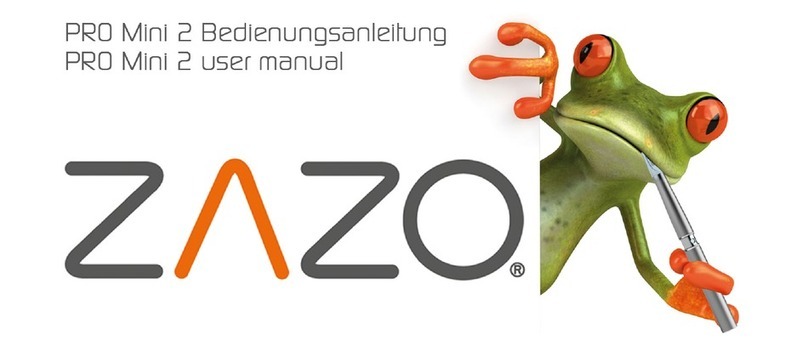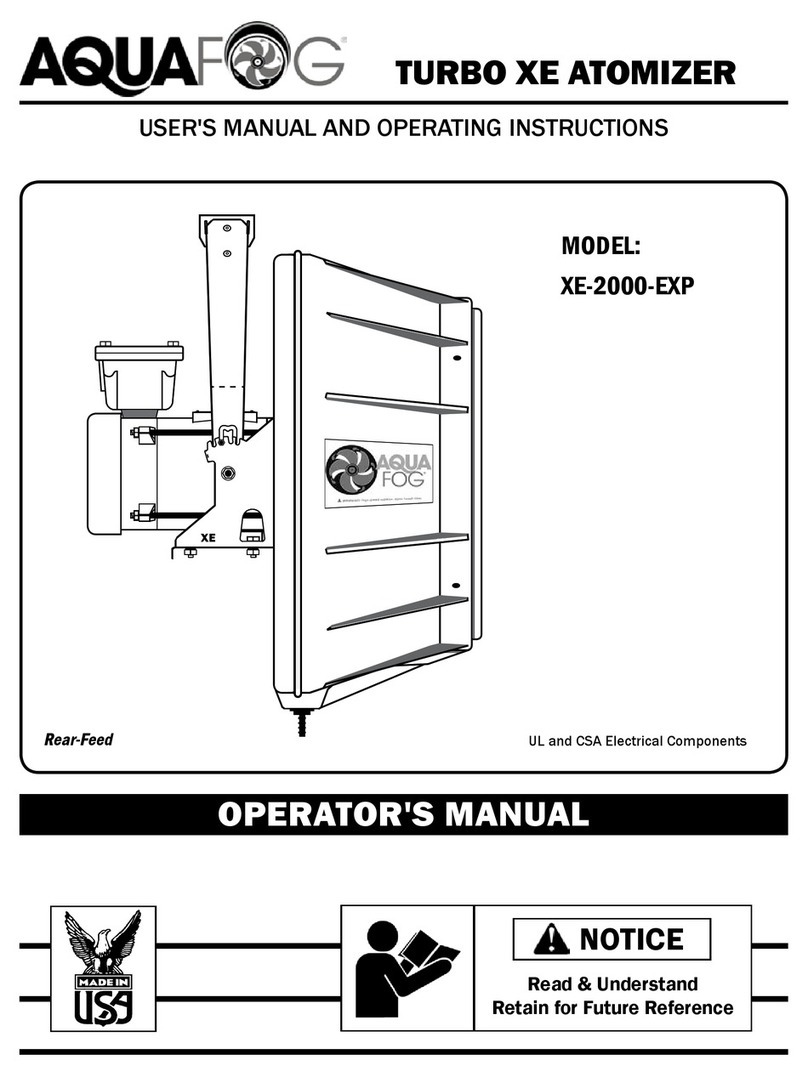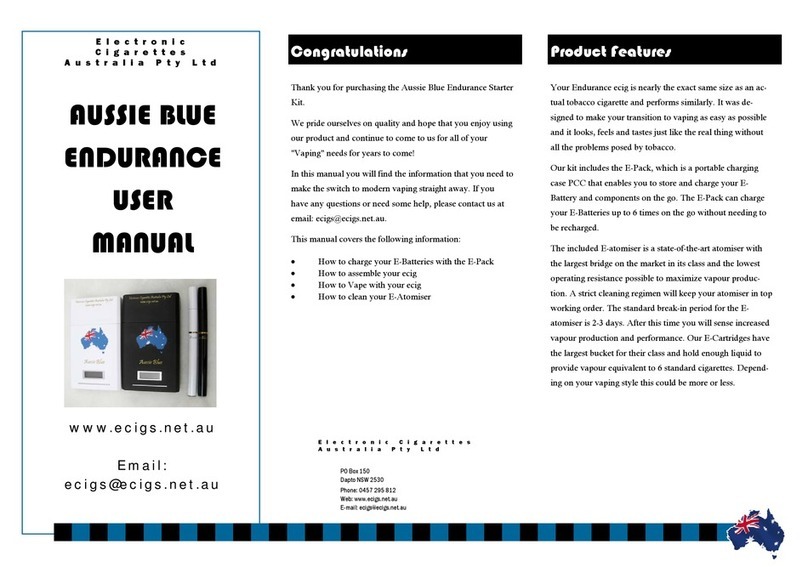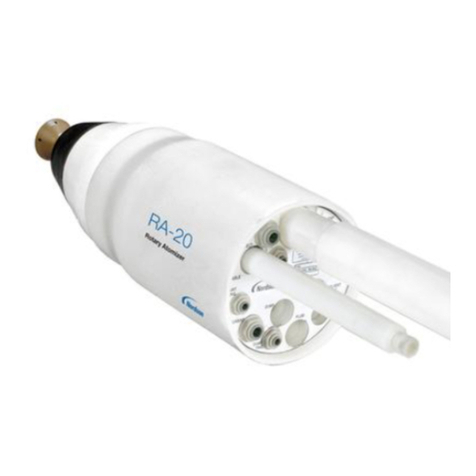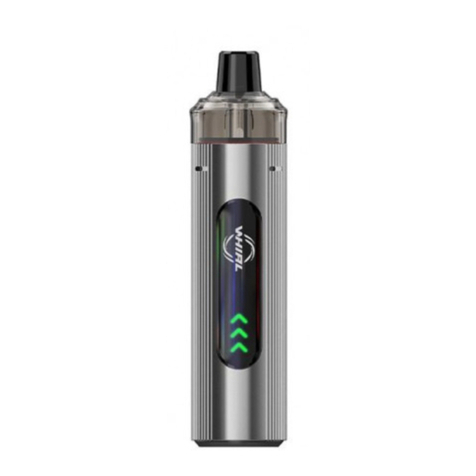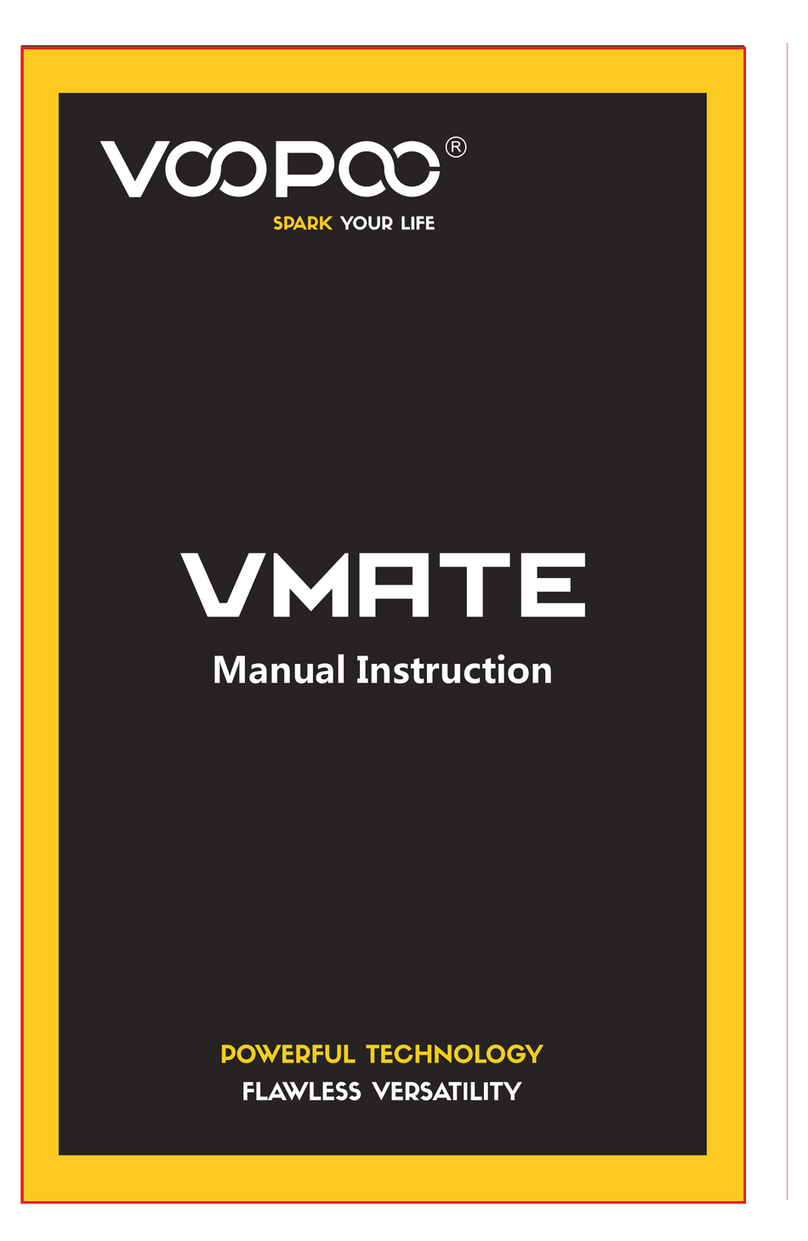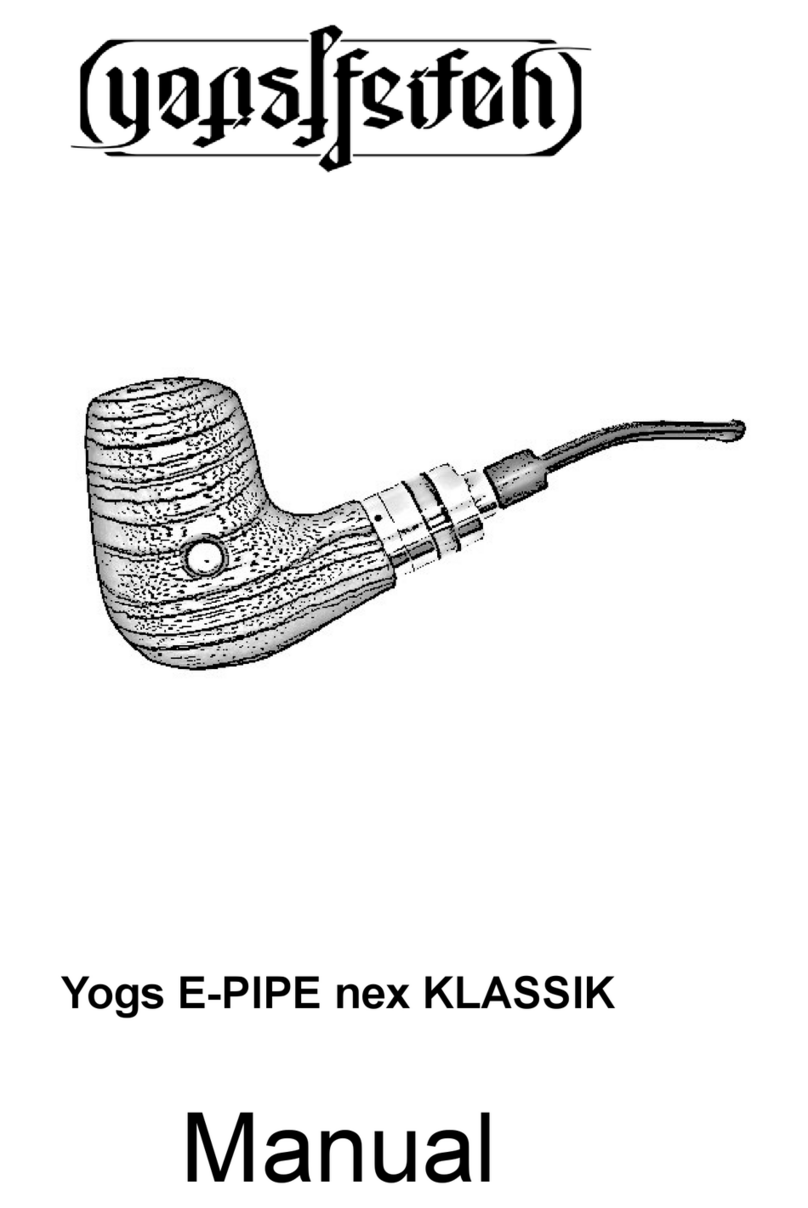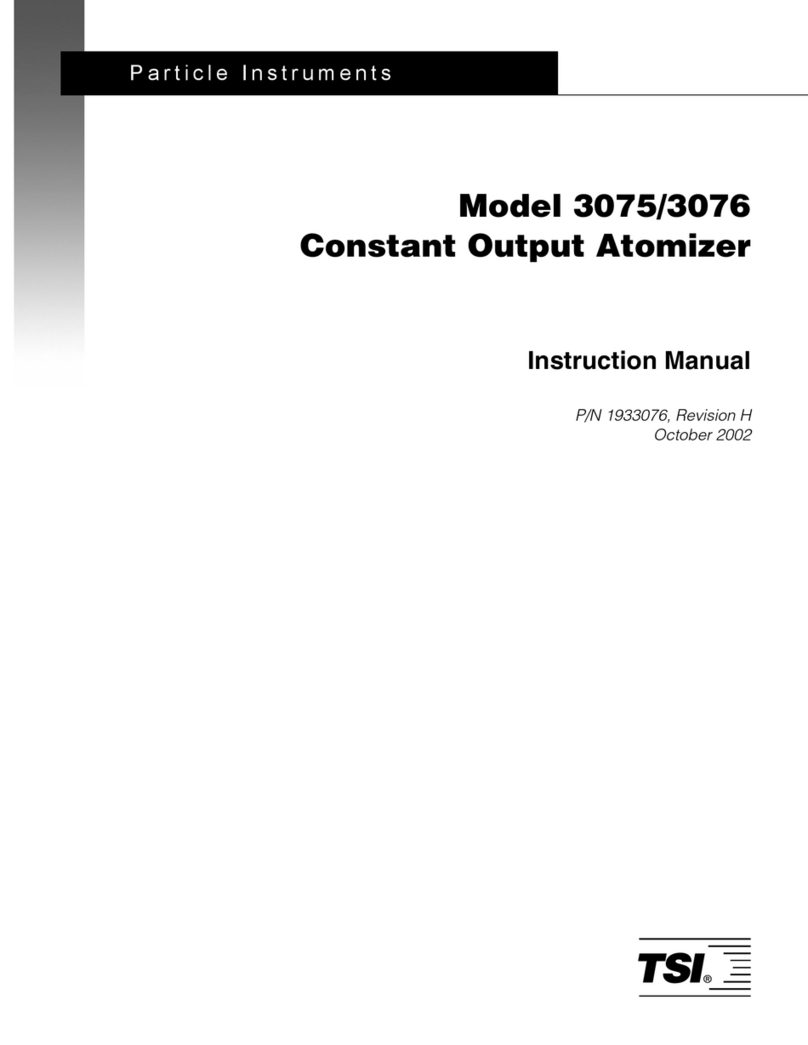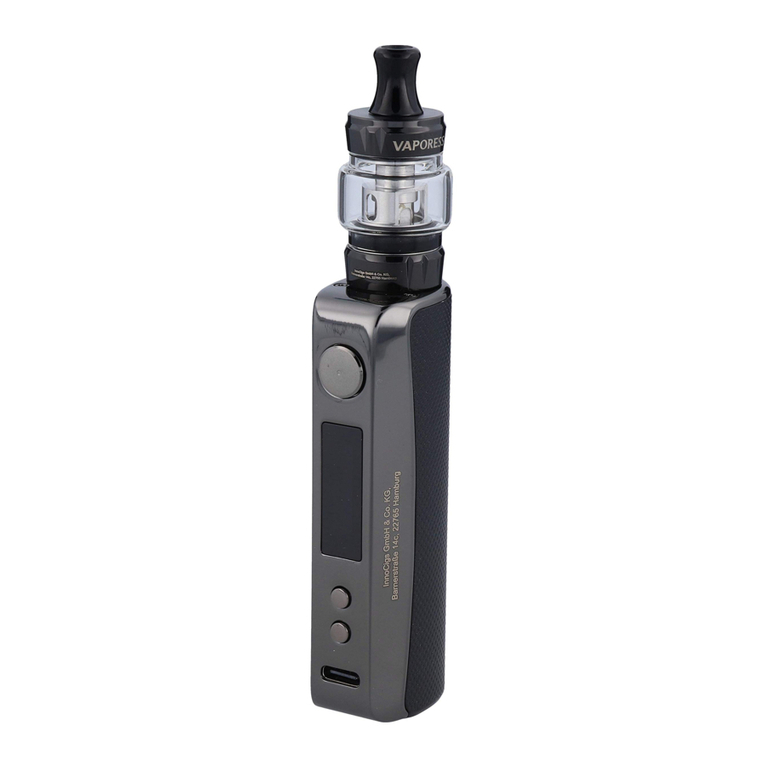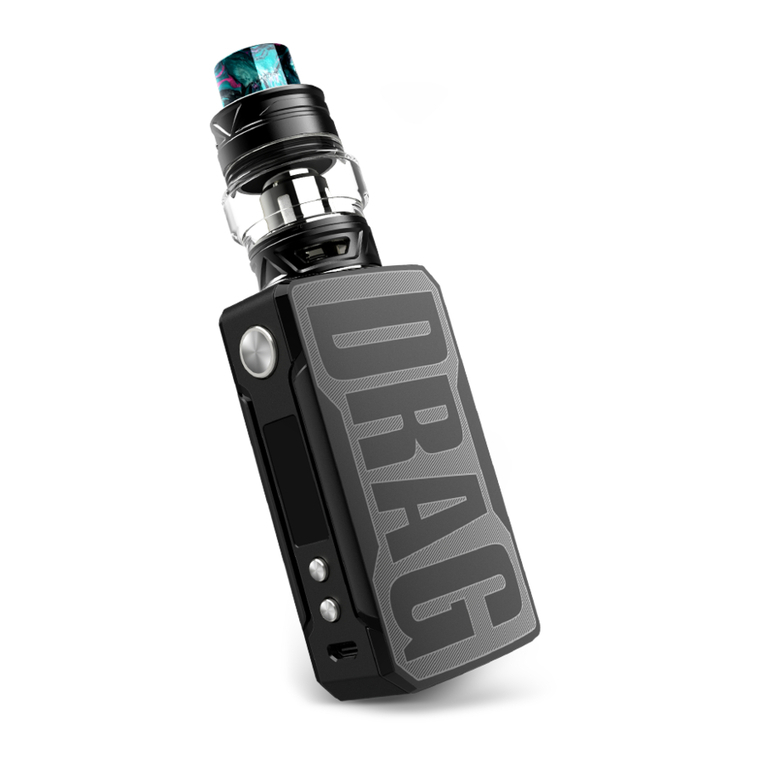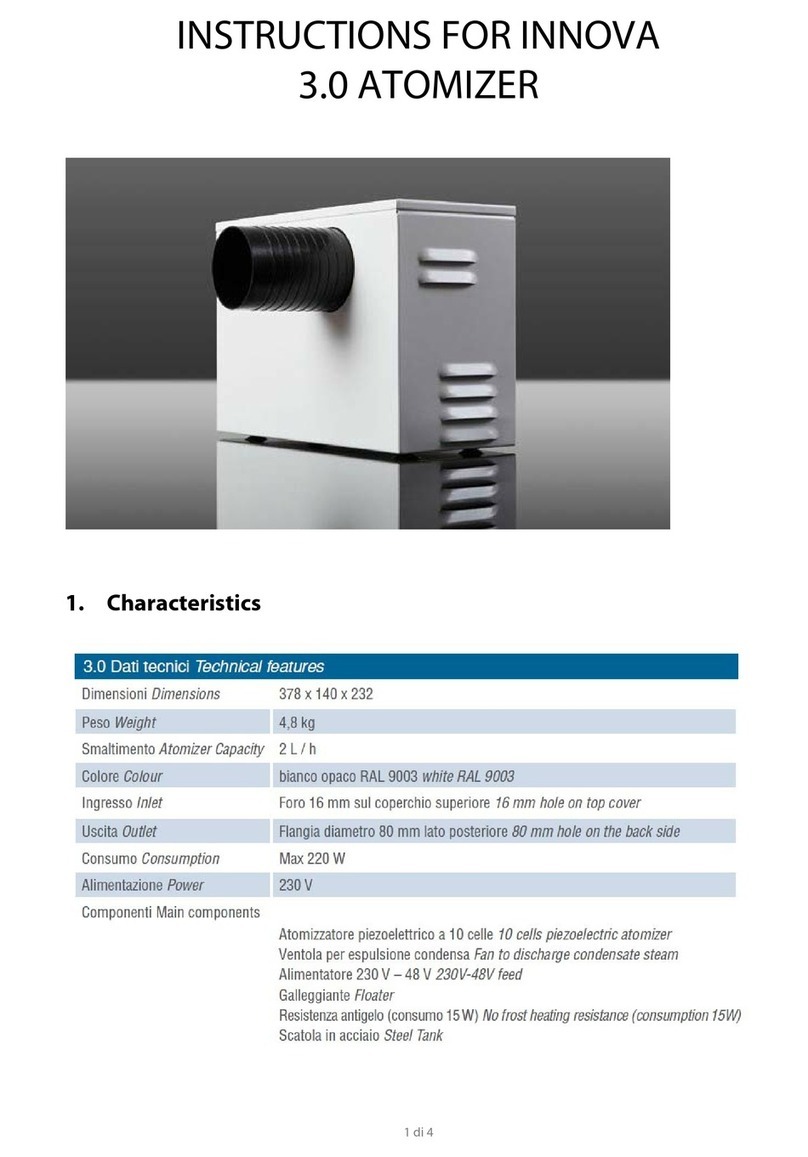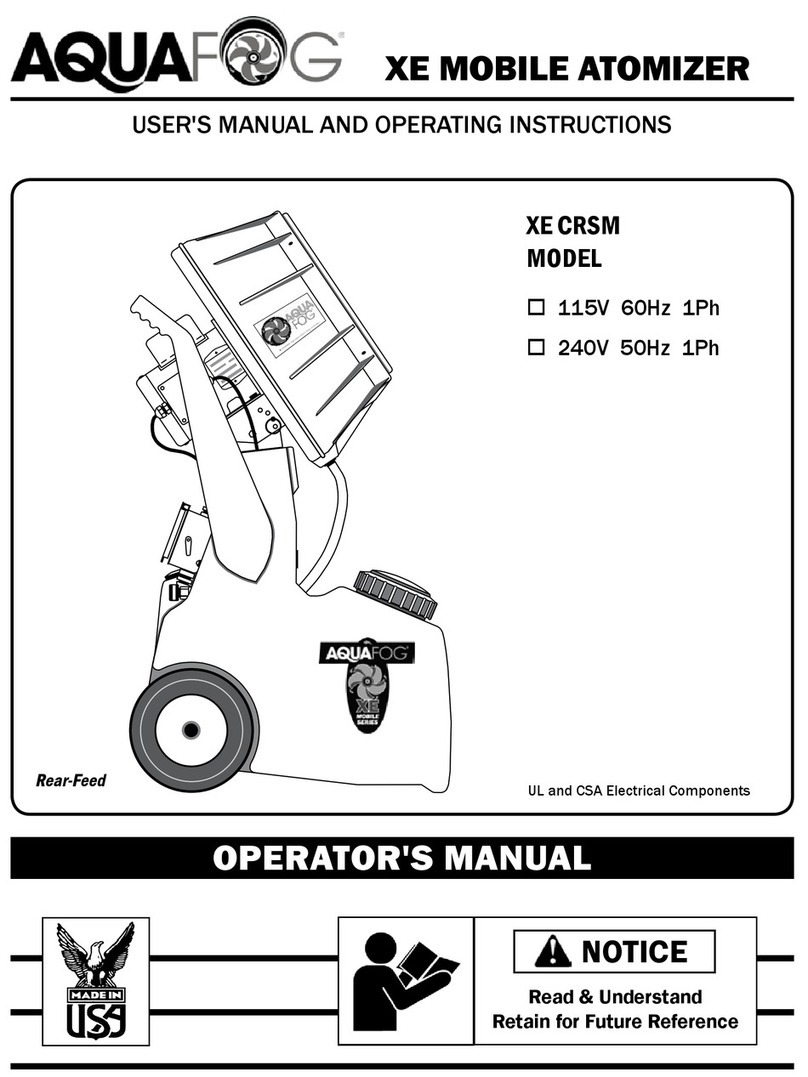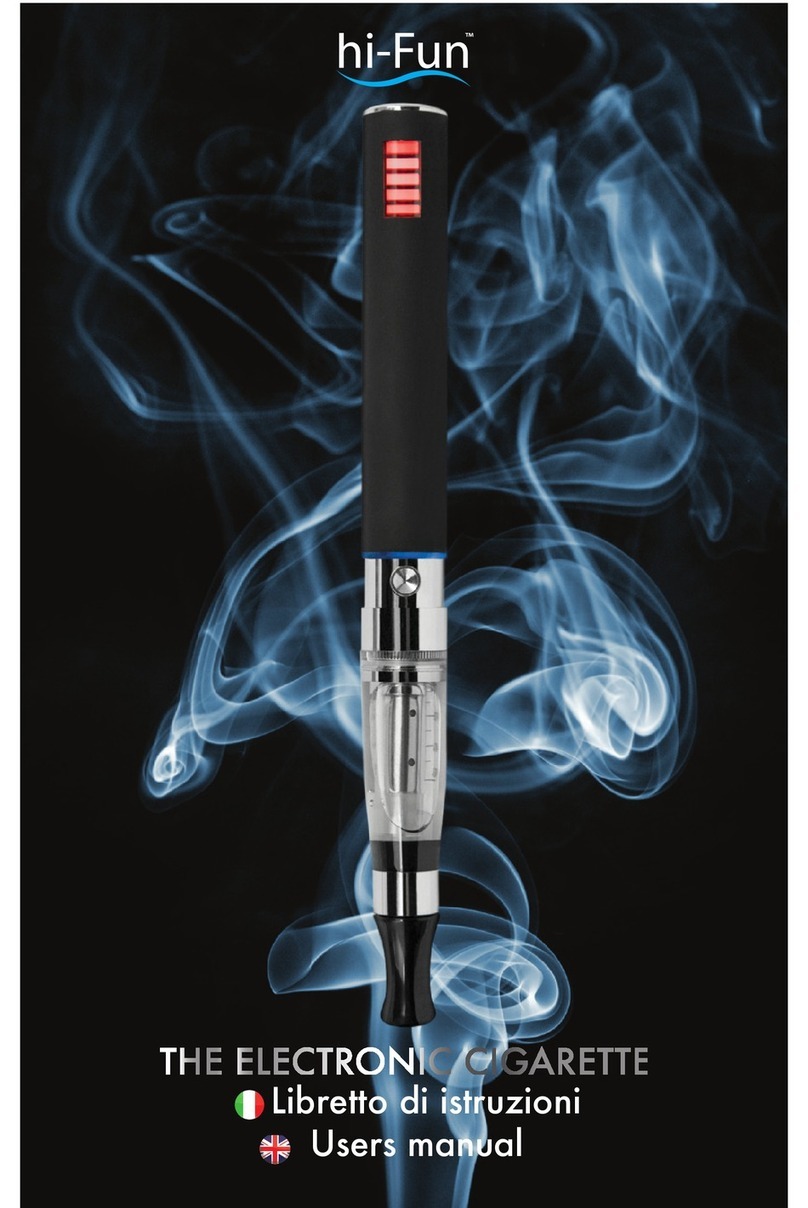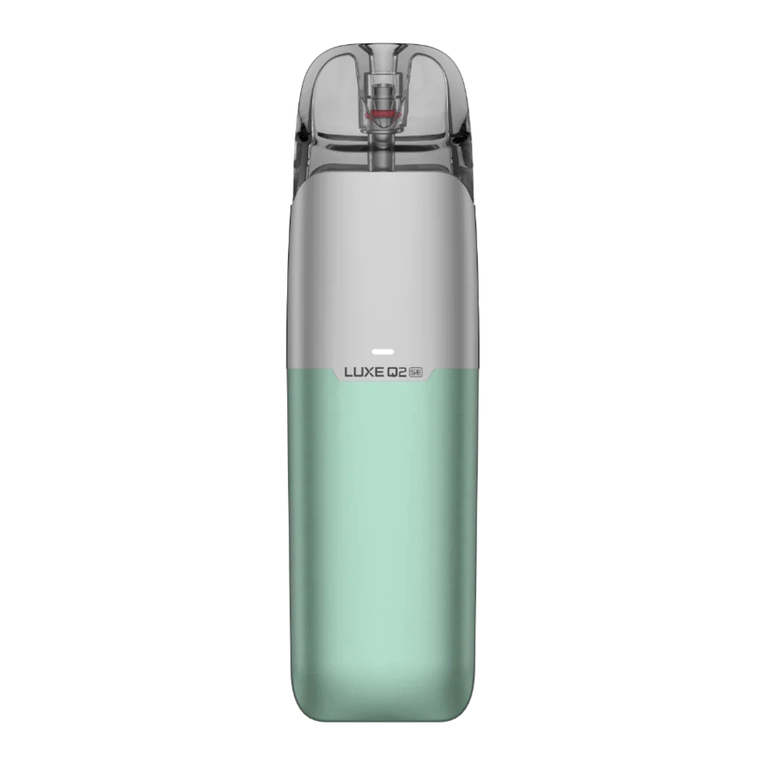
Safety 1-1
E1995 Nordson Corporation
All rights reserved Issued 11/95 A1EN−03−[SF−LIQD]−3
Section 1
Safety
This section contains general safety instructions for using your Nordson
equipment. Task- and equipment-specific warnings are included in other
sections of this manual where appropriate. Note all warnings and follow
all instructions carefully. Failure to do so may result in personal injury,
death, or property damage.
To use this equipment safely,
Sread and become familiar with the general safety instructions
provided in this section of the manual before installing, operating,
maintaining, or repairing this equipment.
Sread and carefully follow the instructions given throughout this manual
for performing specific tasks and working with specific equipment.
Sstore this manual within easy reach of personnel installing, operating,
maintaining, or repairing this equipment.
Sfollow all applicable safety procedures required by your company,
industry standards, and government or other regulatory agencies.
Refer to the National Fire Protection Association (NFPA) standard 33
and to federal, state, regulatory agency, and local codes for rules and
regulations covering installation and operation of spray systems.
Sobtain and read Material Safety Data Sheets (MSDS) for all materials
used.
Become familiar with the safety symbols presented in this section. These
symbols will alert you to safety hazards and conditions that may result in
personal injury, death, or property and equipment damage.
WARNING: Failure to observe this warning may result in
personal injury, death, or equipment damage.
1. Introduction
. Safety Symbols



